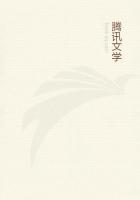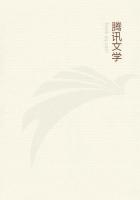"Many of the streams," the journal adds, "are so strongly impregnated with this substance that the water has an unpleasant taste and a purgative effect." This is nothing more than the so-called alkali which has since become known all over the farthest West. It abounds in the regions west of Salt Lake Valley, whitening vast areas like snow and poisoning the waters so that the traveller often sees the margins of the brown pools lined with skeletons and bodies of small animals whose thirst had led them to drink the deadly fluid.
Men and animals stiffer from smaller doses of this stuff, which is largely a sulphate of soda, and even in small quantities is harmful to the system.
Here, on the twelfth of April, they were able to determine the exact course of the Little Missouri, a stream about which almost nothing was then known.
Near here, too, they found the source of the Mouse River, only a few miles from the Missouri. The river, bending to the north and then ****** many eccentric curves, finally empties into Lake Winnipeg, and so passes into the great chain of northern lakes in British America. At this point the explorers saw great flocks of the wild Canada goose.
The journal says:--"These geese, we observe, do not build their nests on the ground or in the sand-bars, but in the tops of the lofty cottonwood trees.
We saw some elk and buffalo to-day, but at too great a distance to obtain any of them, though a number of the carcasses of the latter animal are strewed along the shore, having fallen through the ice and been swept along when the river broke up.
More bald eagles are seen on this part of the Missouri than we have previously met with; the small sparrow-hawk, common in most parts of the United States, is also found here.
Great quantities of geese are feeding on the prairies, and one flock of white brant, or geese with black-tipped wings, and some gray brant with them, pass up the river; from their flight they seem to proceed much further to the northwest.
We killed two antelopes, which were very lean, and caught last night two beavers."
Lewis and Clark were laughed at by some very knowing people who scouted the idea that wild geese build their nests in trees.
But later travellers have confirmed their story; the wise geese avoid foxes and other of their four-footed enemies by fixing their homes in the tall cottonwoods.
In other words, they roost high.
The Assiniboins from the north had lately been on their spring hunting expeditions through this region,--just above the Little Missouri,--and game was scarce and shy.
The journal, under the date of April 14, says:--"One of the hunters shot at an otter last evening; a buffalo was killed, and an elk, both so poor as to be almost unfit for use; two white [grizzly] bears were also seen, and a muskrat swimming across the river. The river continues wide and of about the same rapidity as the ordinary current of the Ohio. The low grounds are wide, the moister parts containing timber; the upland is extremely broken, without wood, and in some places seems as if it had slipped down in masses of several acres in surface.
The mineral appearance of salts, coal, and sulphur, with the burnt hill and pumice-stone, continue, and a bituminous water about the color of strong lye, with the taste of Glauber's salts and a slight tincture of alum.
Many geese were feeding in the prairies, and a number of magpies, which build their nests much like those of the blackbird, in trees, and composed of small sticks, leaves, and grass, open at the top; the egg is of a bluish-brown color, freckled with reddish-brown spots.
We also killed a large hooting-owl resembling that of the United States except that it was more booted and clad with feathers. On the hills are many aromatic herbs, resembling in taste, smell, and appearance the sage, hyssop, wormwood, southernwood, juniper, and dwarf cedar; a plant also about two or three feet high, similar to the camphor in smell and taste; and another plant of the same size, with a long, narrow, smooth, soft leaf, of an agreeable smell and flavor, which is a favorite food of the antelope, whose necks are often perfumed by rubbing against it."
What the journalist intended to say here was that at least one of the aromatic herbs resembled sage, hyssop, wormwood, and southernwood, and that there were junipers and dwarf cedars.
The pungent-smelling herb was the wild sage, now celebrated in stories of adventure as the sage-brush. It grows abundantly in the alkali country, and is browsed upon by a species of grouse known as the sage-hen. Junipers and dwarf cedars also grow on the hills of the alkali and sage-brush country.
The sage belongs to the Artemisia family of plants.
Four days later, the journal had this interesting entry:
"The country to-day presented the usual variety of highlands interspersed with rich plains. In one of these we observed a species of pea bearing a yellow flower, which is now in blossom, the leaf and stalk resembling the common pea.
It seldom rises higher than six inches, and the root is perennial.
On the rose-bushes we also saw a quantity of the hair of a buffalo, which had become perfectly white by exposure and resembled the wool of the sheep, except that it was much finer and more soft and silky.
A buffalo which we killed yesterday had shed his long hair, and that which remained was about two inches long, thick, fine, and would have furnished five pounds of wool, of which we have no doubt an excellent cloth may be made.
Our game to-day was a beaver, a deer, an elk, and some geese. . . .

